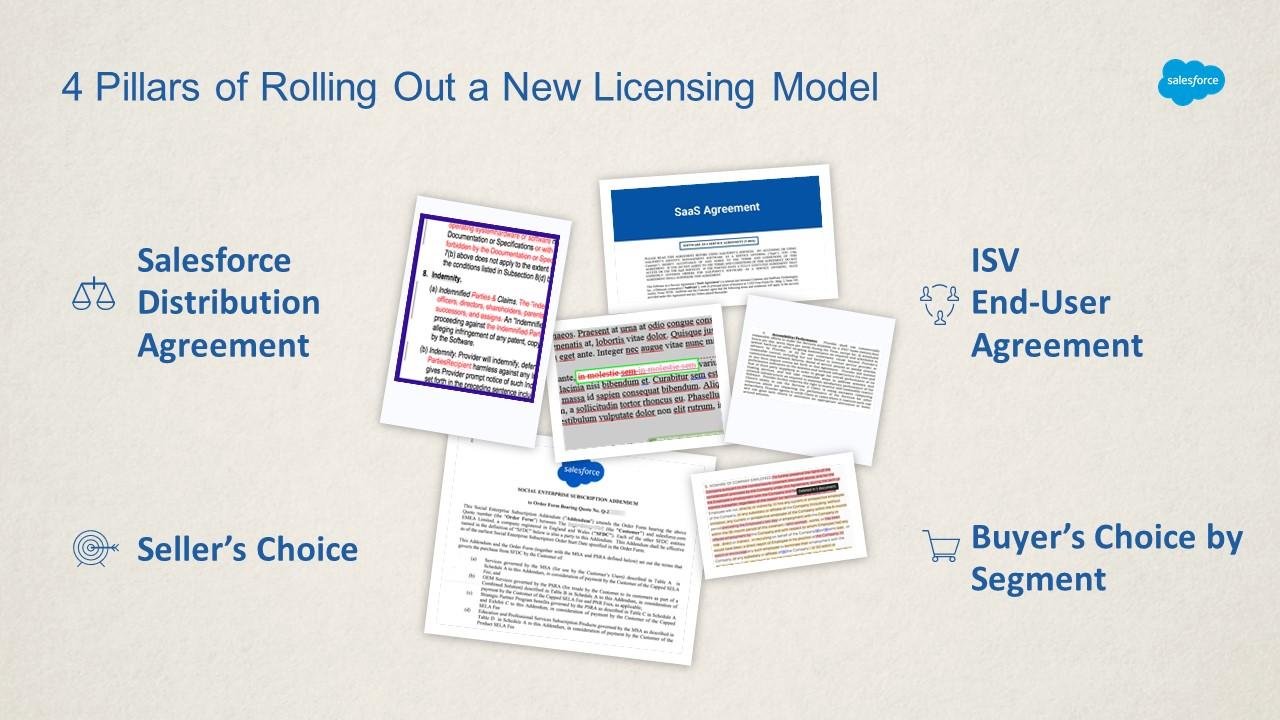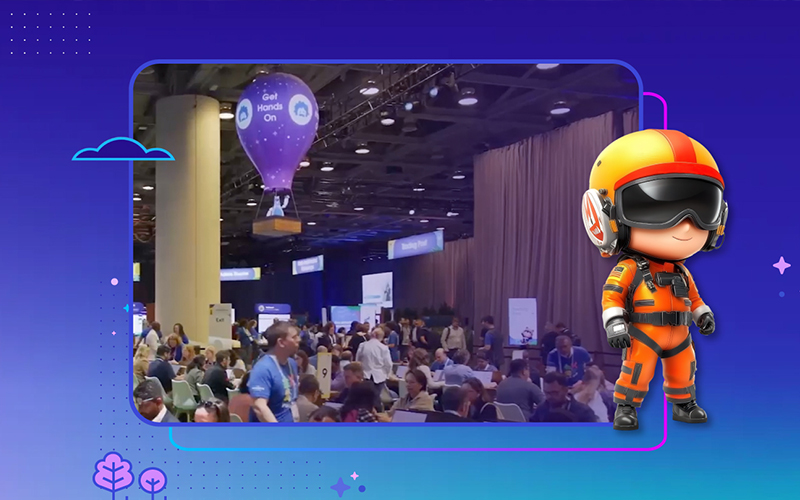
Another year of Dreamforce has come and gone, and our team is already talking about plans for Dreamforce 2020. With so much to see and do, it can be hard to remember what you did, and what you learned.
To combat this and give those who didn’t get the chance to attend Dreamforce this year, we’re recapping two of our executive-led sessions here. If you’d like to learn more about either one of these topics, we’ll be hosting webinars in the coming months.
AppExchange Insights: ISVs Share Their Forecasts for 2020 and Beyond
Our CEO, Brian Walsh, hosted our first executive presentation at Dreamforce. He was joined by Heather Lavoie, President of Geneia; Meghan Nesbit, Director of Twilio.org; and Brian Rash, Director of Strategic Partnerships of Sparta Systems.
Each year, we host a panel of leading ISVs and unveil the latest release of our State of AppExchange Partners Report. During our panel session, we showcase the results of our study and hear how our findings resonate with our partners
Takeaway 1: It’s Prime Time

The theme of this year’s report is It’s Prime Time — based on Ichak Adizes’ Corporate Lifecycle Model, we see that the AppExchange sits squarely in this Prime stage: consistent, above-average growth, goals being set and exceeded, and intra- and inter-organizational integration and alignment. More than that, 65% of respondents stated their participation in the program increased revenues.
What is exciting is once the Prime stage is met, it is not a discrete point in time. Instead, the best organizations continue to invest and embrace changes to ensure they continue to remain effective.
Takeaway 2: Partners Look to Salesforce to Solve Business Problems

For the third year in a row, we’ve tracked responses to the question, “Why did you join the AppExchange?” Our results show there is a steady decrease in platform-focused responses like scalability and security. On the flip side, the same three business-focused responses: Faster Time to Market, Access to the Install Base, and Gateway to the Enterprise, have led as the top 3 choices. Because Salesforce and the AppExchange have reached a more mature place, platform-focused benefits are seen as table stakes.
Takeaway 3: Partners are Optimistic for Continued Growth
With partners turning to the AppExchange to solve business problems, they expect to see their investment pay off.

As we mentioned above, 65% of respondents report their participation increased revenues. However, when asked to forecast for FY21, 95% of respondents predict their revenues will increase, and 85% predict their revenue growth rates will increase as well.

Partners are not holding onto this additional revenue. They are reinvesting it back into the ecosystem. We found that those performing the best are investing in all 3 critical areas of their business: sales personnel, developer personnel, and R&D (both internal and external).
In the AppExchange Partner Keynote, we saw that the ecosystem continues to grow. We now see that there are 5,000+ listings, 7 Million installs, and 86% of all Salesforce orgs use at least 1 AppExchange app. This presents a tremendous opportunity for partners to reach companies that would have otherwise been unreachable.
Alternative Pricing Models: How ISVs are Monetizing Beyond Per User Per Month
In our second executive presentation, Sean Hogan, CodeScience CRO, was joined by Doug Chaney, VP Build ISV of Salesforce, to discuss how partners are looking beyond traditional pricing models for their solution.
Takeaway 1: It is Possible
By in large, the per-user per-month model is the default for nearly all pricing models with Salesforce.

Per-user per-month provides quite a few benefits when it comes to business outcomes.
However, it is possible to use other types of pricing models (consumption-based, freemium, and flat-rate to name a few). There are a number of considerations you must take into account before Salesforce accepts an alternative pricing model — and these considerations are unique to your solution.
The easiest way to think about getting your pricing model is approved is creating a converter, e.g., taking the model and mapping it to specific pieces of the Salesforce business model.


Takeaway 2: Understand the Cross-Functional Impacts
Many partners don’t consider how a pricing model can impact all areas of the business. From keeping your Sales team motivated to sell your product, to ensuring you have the business processes in place to track and deliver your solution, an alternative pricing model changes the dynamic in all areas of the organization.
Sean and Doug discussed the 5 areas that feel the impact of changing your pricing first.

Takeaway 3: Many Firms are Considering Alternative Pricing
If you feel alone when you talk to peers about alternative pricing, know that you’re not by yourself. We’ve had many conversations with ISVs who are considering alternative pricing for any number of reasons.
We recommend that Partners considering an alternative pricing model should discuss it with an experienced Salesforce counsel. Any changes to your agreement require a deep understanding of what is already there — additionally, as Doug Chaney called out, Salesforce is very programmatic when it comes to their contracting terms. Too many edits and changes will slow down the contracting process or could derail it completely. By working with an experienced counsel who knows what can and cannot be modified will save you time, money, and get you into market faster.

Sean also hosted an amazing roundtable session that focused on solving tech gaps through partnerships with other ISVs. This topic created a ton of buzz, and we’ll be dedicating an entire post digging into this topic in the new year. If you’re interested in learning more about this, please reach out through our Contact Us Form.
What insights from Dreamforce are you taking into your next year’s strategy? No matter if your an existing ISV who is looking for new ways to expand their offering or are evaluating your business opportunity on the Salesforce AppExchange, we’re here to help. Get started today!


